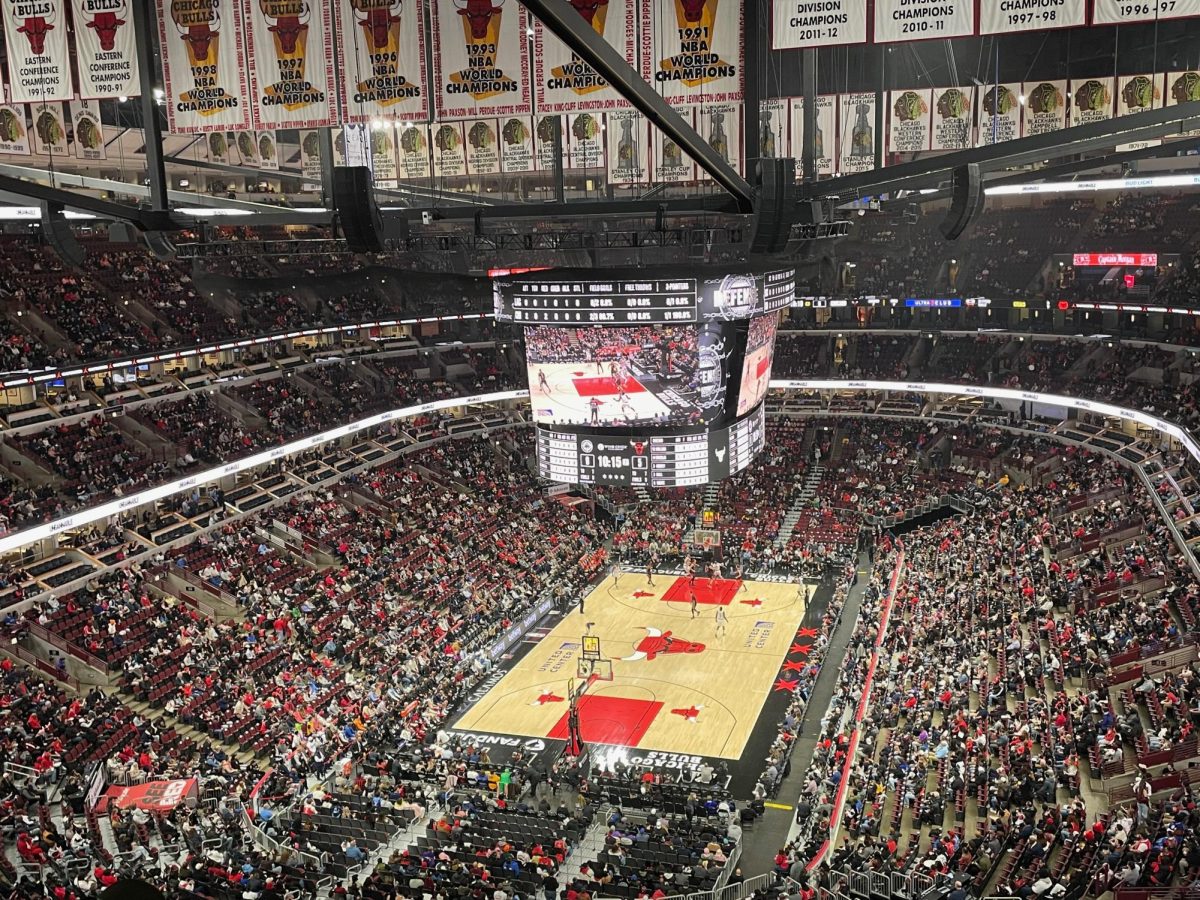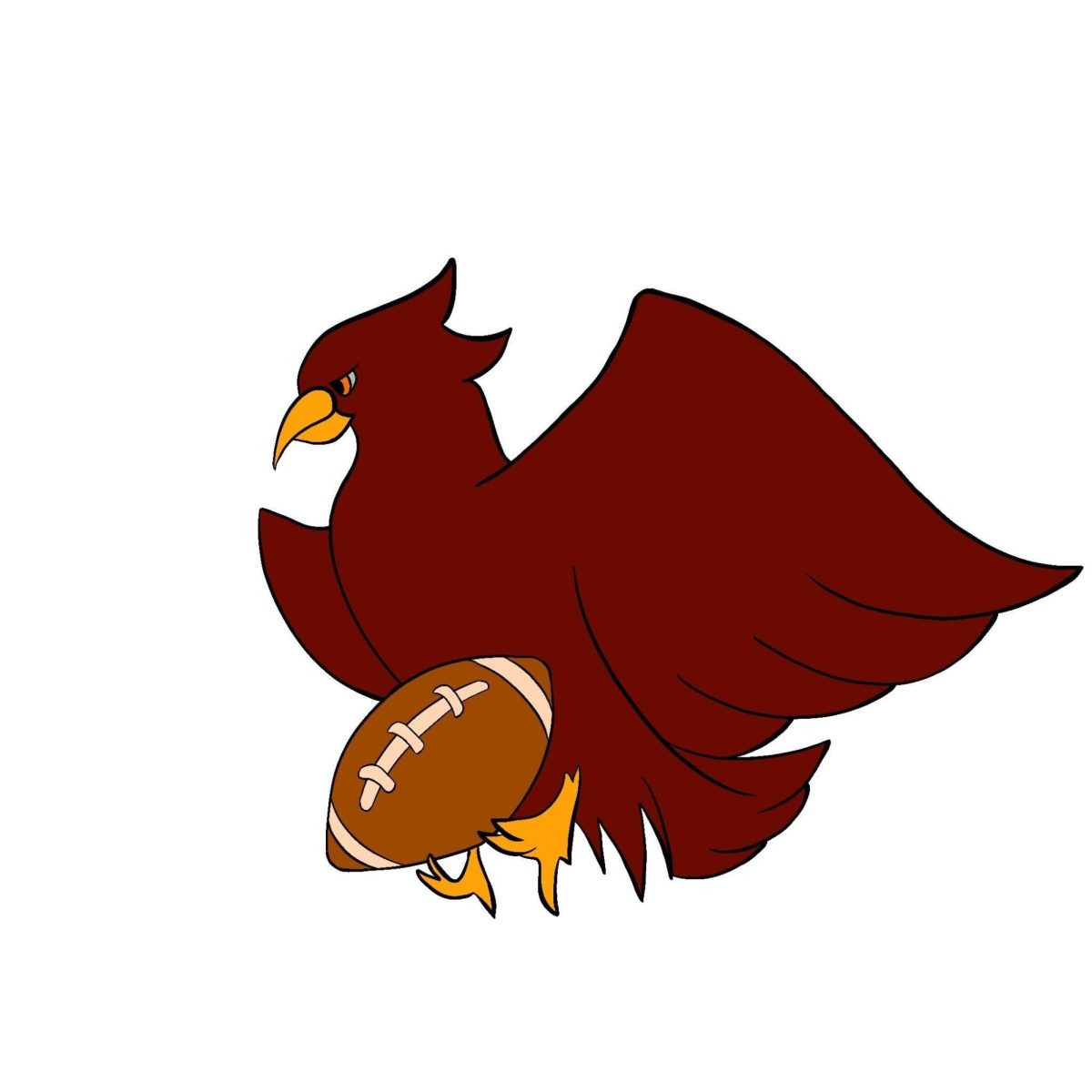Having dodged a potentially fatal bullet just five minute earlier, men’s soccer knew they were unlikely to get away with any more mistakes. It was October 22, and the Maroons were fighting for a critical overtime win over UW–Whitewater. The team had controlled the flow of the game since halftime, but had been unable to put the Warhawks away. Finally, after 97 minutes of toying with the visitors’ right back, fourth-year midfielder Brian Standerfer received a well threaded through-ball from classmate Giordano Palloni and burned his defender down the left sideline. Standerfer sent a cross to a wide-open Ryan Ehle, who knocked it in to kick off a frenzied celebration. The Maroons had knocked off yet another undefeated opponent.
Though likely the most exciting of the 19 goals Palloni and Standerfer have combined for on the scoresheet this year, that tally is also the best example of how much they’ve contributed to the team. Between Standerfer’s speed and explosiveness and Palloni’s consistent, cerebral play, the Maroons’ offensive revival this year (from 25 goals in 2004 to 46 in the 2005 regular season) has largely been due to this midfield pair.
Heading to Iowa this weekend for the team’s first playoff run since 2001, the Maroons are looking to these two players to set the pace in the postseason.
“The team feels they have confidence in both of them, that when they get the ball something’s going to happen,” head coach John O’Connor said. “There are certain players that are consistent and are going to do what they do, but they’re not going to consistently have that breakthrough that Giordano and Palloni will have.”
The team’s active scoring leader, with 16 goals and nine assists coming into the season, Standerfer has dramatically shifted his impact this year. Moving from forward to left midfield, he has seen his goals scored totals decline to one, but has made up for it with seven assists—only two less than in his first three years combined. Almost always guaranteed to beat his man with a combination of speed and technical skill, Standerfer gets the ball more at midfield, giving him more opportunities to break a play.
“This is new to Brian, but it gives him a lot of freedom and more involvement than before,” O’Connor said. “As a forward, it’s difficult because you’re waiting on things, you can’t initiate as much, and you don’t see the ball as much. Although I know he’d like to score more goals, he’s been a big influence on our team.”
“Moving Standerfer back to wing actually helped a lot because it opened something up for us that we didn’t have before,” Palloni said. “We’re confident now that we can score more than one goal in a game.”
Palloni, on the other hand, has contributed the same way he always has: setting the tone of the attack with ball control and sniper-quality passing. This year, he has also been able to help more frequently on the offensive end thanks to the defensive play of fourth-year midfielder Jimmy Logan. Palloni has made the best of these increased chances with three goals and eight assists.
While Standerfer can break a game open explosively, Palloni is Chicago’s steady support. He knows both when to keep it simple and when to pull a more deceptive flick move, and his field vision has allowed him to spring big plays like the golden goal against Whitewater.
“He’s the matador, the guy controlling things,” O’Connor said. “He can control the tempo of the game and the number of passes that get played. He’s a fairly quiet player, but you know when he wants the ball. He has a shine about him that you know he wants it.”
Palloni’s temperament and by-example leadership has matched that dependable on-field presence. He’s come a long way to get to that point, having started his career by accumulating enough yellow cards to be threatened with a one-game suspension. He hasn’t been carded a single time this year.
“With Giordano it’s been a maturity thing. He loves this game. He’s very passionate,” O’Connor said. “But early in his career, he would be the one who would get angry on the field—at himself, not at the other players—and it could hold him back a little bit and draw cards.
“Bottom line, Giordano wants to win. And when he doesn’t, he’s not happy.”
Standerfer, on the other hand, has evolved more as an athlete, shedding the label of “talented but raw” to become a key offensive outlet. Always having been fit, fast, and good with the ball at his feet, refining his subtler skills such as touches and aerial ball control has helped Stanerfer speed his transition to a different role in the midfield this fall.
Still, he doesn’t feel as though he’s peaked as a midfielder and is looking to continue improving over his first playoff run.
“I’m still transitioning actually. I’ve never played wing in my life. I’m somewhat used to the position, but I’m still learning, especially defense is the biggest thing for me to work on,” said Standerfer, who points to the Whitewater game as the one that probably showed his biggest growth.
The most obvious difference between this year’s squad and last year’s has been the Maroons’ dynamic offense, which was much less creative last season. Already three players have at least seven goals—graduated striker Ben Preyss’s 2004 team-leading total—and many of those opportunities can be in some way traced to pressure from the Standerfer-Palloni duo.
Neither of the pair has played in the NCAAs before, but they’re not looking to change much for the postseason. At this point, they seem to have accepted that if you can’t play now, you won’t go far, no matter what game-plan adjustments are made. Furthermore, living together and having played together for four years gives them an advantage in on-field chemistry that teams like Saturday’s opponent, the upperclassmen-thin St. John’s (MN) squad, lack.
“We play together a lot better than we did previous years,” said Palloni, who noted that the team also plays basketball in the offseason. “Our sophomore year we had our most individual talent of any year, but our personalities and our playing styles just didn’t match well. This year, though, the team seems to have grown up together.”
One mistake that the Maroons won’t make is looking past their next game, something they have been guilty of in a few of their five losses this season. Starting with the seniors and going all the way down, recent history has taught these players that each postseason game could be their last, no matter what their year.
“One thing all the seniors have been trying to tell the underclassmen is that we were freshmen once too and we lost, didn’t make the playoffs, and thought that we would have three more years to do it,” Palloni said. “We’ve been trying to tell them that you have to take advantage of this chance while you have it because you don’t know if you’ll get it again.”
While nobody will know for sure what the Maroons will bring to the pitch this November until play starts Saturday at 11 a.m., the squad’s offensive performance will more than likely depend on its two offensive architects. Though they contribute in different ways—one steady and smart, the other explosive and athletic—they’ve played together long enough into understand where they fit in the puzzle. The team will need both to place the last pieces this fall.








